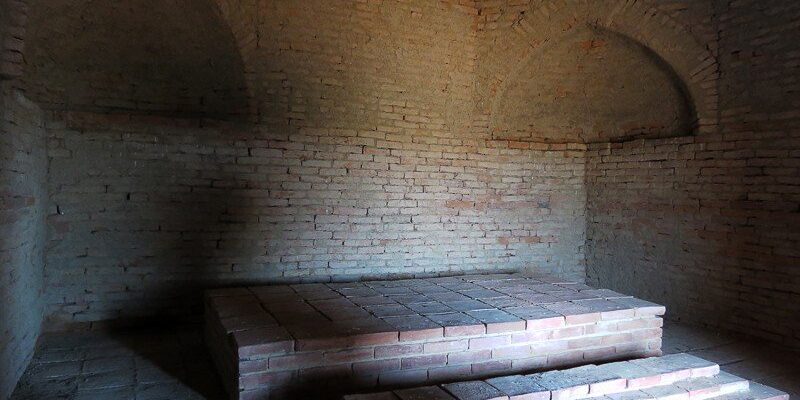Mausoleum of Kesene
Kesene Mausoleum is an ancient building on the shore of Lake Bolshoye Kesene in Varna District of Chelyabinsk Oblast. The historical monument dates back to the XIV-XVI centuries and includes a brick mausoleum and many burial mounds. It is no coincidence that in the Turkic language the name “Kesene” means “palace of the dead” or “tomb house”. Nowadays the mausoleum has the status of a monument of Muslim material culture of republican importance.
.
An openwork lattice door leads to the Kesene mausoleum. Inside there is a room with a stone floor. The area around it is very well maintained. There is a neat bridge across the moat, and next to it there is a gazebo for rest, comfortable benches and braziers for organizing a picnic. Near them stands a metal tree, where traditionally all those who come to the ancient mausoleum leave colored ribbons.
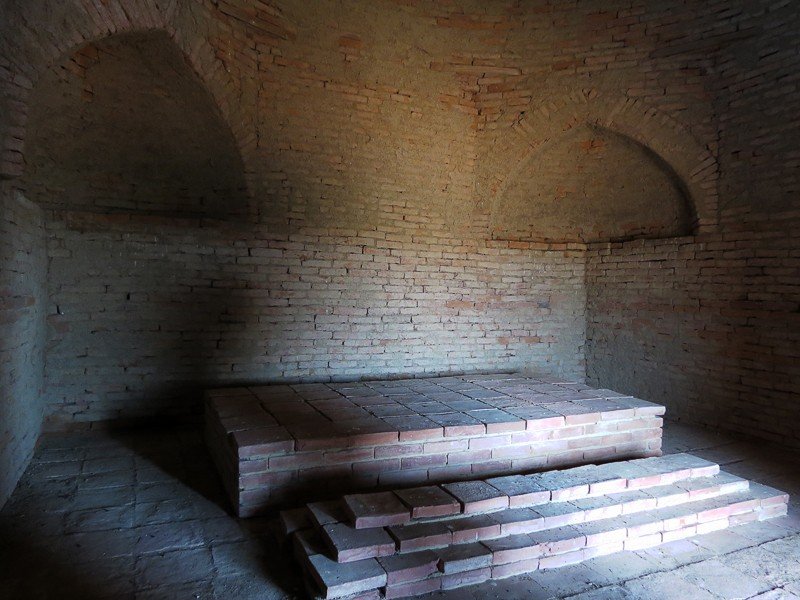


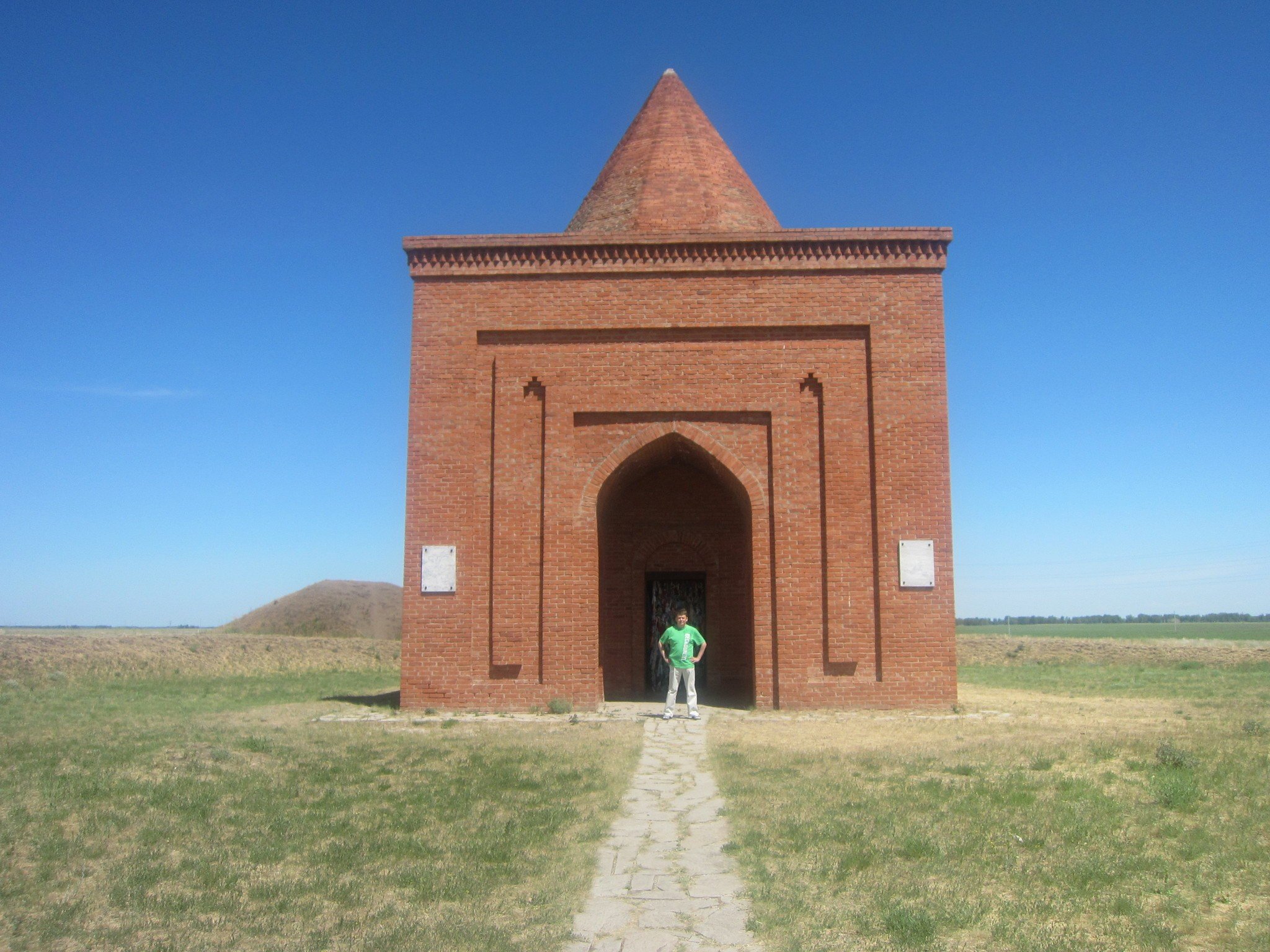

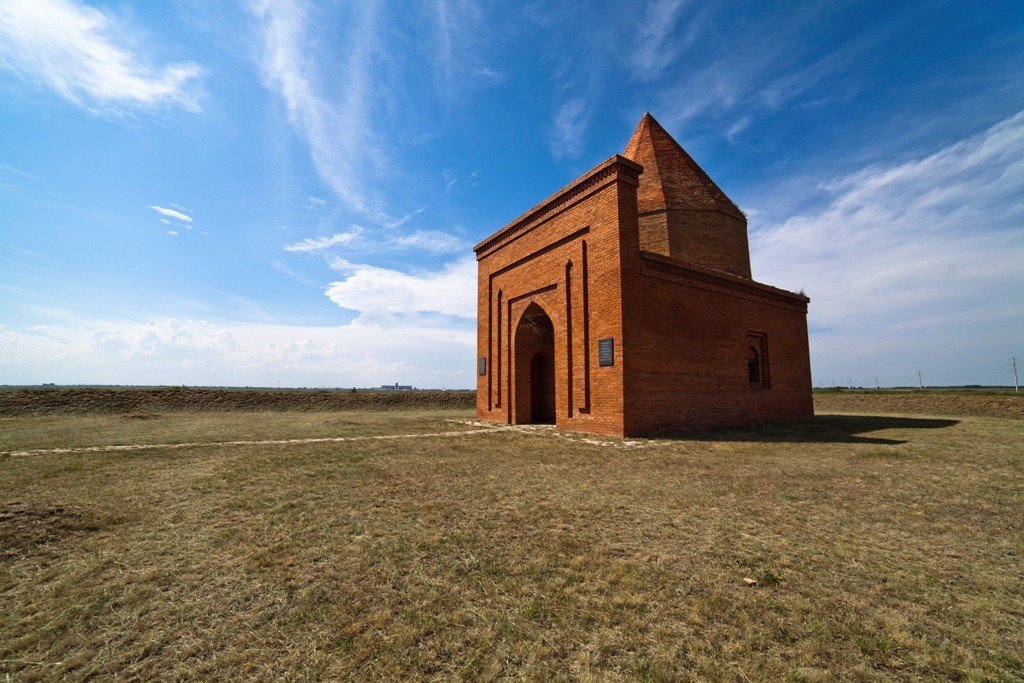
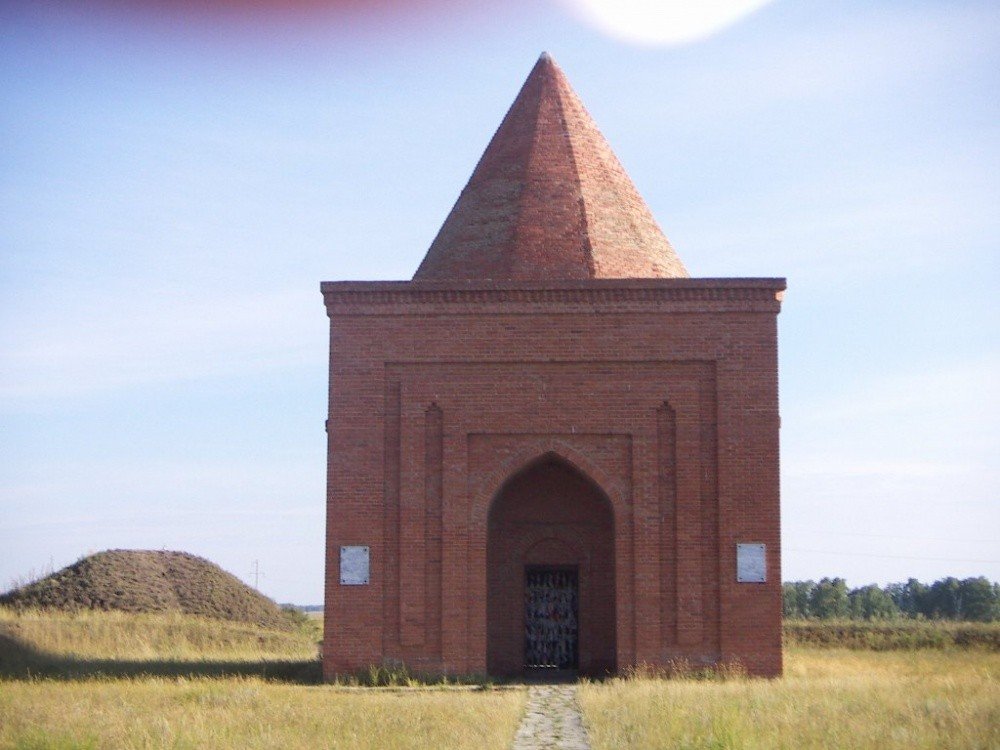

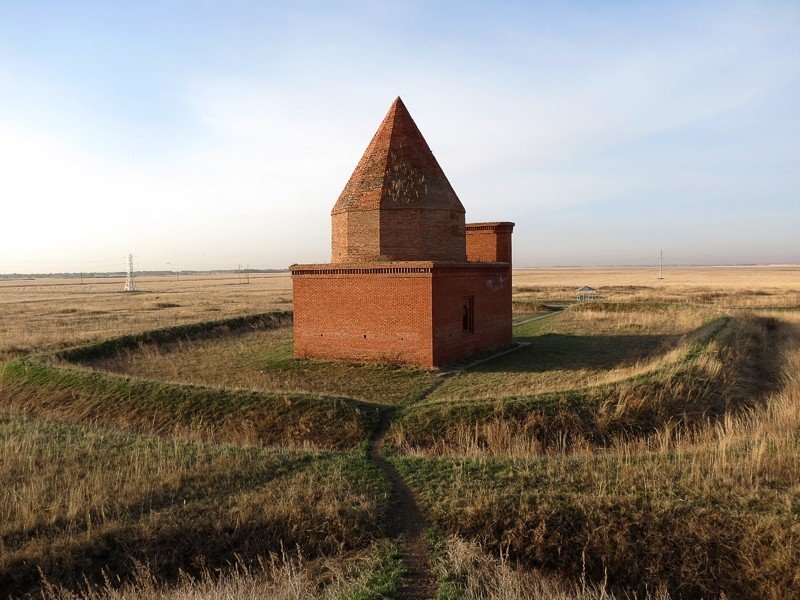
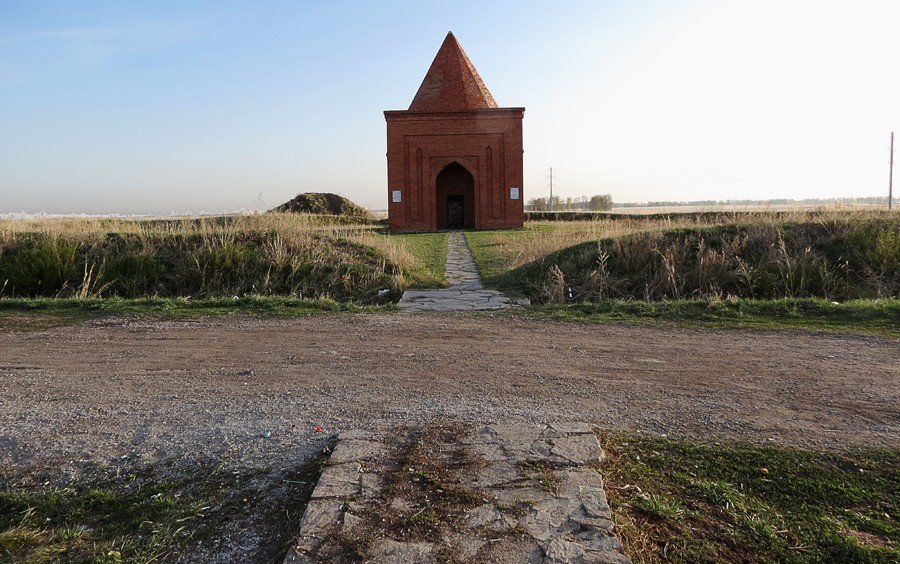
Video: Kesene Mausoleum
” title=”YouTube video player” frameborder=”0″ allow=”accelerometer; autoplay; clipboard-write; encrypted-media; gyroscope; picture-in-picture; web-share” allowfullscreen>%https://www.youtube.com/embed/KeoaSaCya8I” title=”YouTube video player” frameborder=”0″ allow=”accelerometer; autoplay; clipboard-write; encrypted-media; gyroscope; picture-in-picture; web-share” allowfullscreen> ContentsHistory
In the 18th century, the Kesene mausoleum was described by Captain P. I. Rychkov. He suggested that the funerary complex was built over the burial place of an unknown king, whose subjects in ancient times were inhabitants of the Southern Urals, but then moved to the territory of China. A century later the monument was investigated by local historian and archaeologist Ruf Gavrilovich Ignatiev. According to his records, local nomads revered the brick building as the burial place of a holy king and a temple of unknown religion.
.
In 1889, the famous Russian ethnographer and anthropologist Eduard Yulevich Petri organized the first archaeological excavations here, which resulted in the discovery of a woman’s grave covered with boards. Inside it, archaeologists found gold earrings and rings, as well as scraps of silk cloth.
.
It is known that such jewelry was widespread among nomadic peoples and sedentary inhabitants of the forest-steppe zone since the XIV century. Portal mausoleums were built in the period from the XIV to the XIX century. Buildings close in style have been preserved in Bashkortostan, Turkmenistan and in the North Caucasus region.
.
In the 1980s, the ancient building was restored by putting a layer of new bricks next to the ancient masonry.
.Features of the architecture of the Kesene Mausoleum
The brick mausoleum of Kesene is a typical example of the architectural school of Khorasan and Khorezm. The 9-meter-wide square base is crowned by a drum with 12 facets, and at the top it passes into a prism-like tent.
.
The building is 17 meters high and is constructed of bricks made from red clay, eggs, camel or goat milk. Scientists believe that the bricks were fired near the Uy River, in what is now the city of Troitsk. The bricks used in the restoration of the building are made using modern technology, without the use of eggs and milk.
.The decoration of the building is glazed tiles of purple and light blue colors. Nowadays, the windows of the Kesene Mausoleum are covered with openwork metal bars. Tourists who come here often tie pieces of colored cloth and ribbons on them, and this tradition is especially jealously observed by newlyweds.
.
Burial Complex
There are many burial mounds around the Kesene Mausoleum. Six of them are attributed to the Bronze Age, and one to the time of the Early Iron Age. One hundred and fifty mounds appeared around the ancient building at the end of the Middle Ages. A few decades ago, archaeologists discovered about seven hundred graves here.
.According to one version, this place was a burial complex of the early Iron Age, and the mausoleum on it was erected later. Some people call the ancient structure “Tamerlane’s tower”, thinking that its history is connected with the famous warlord. True, professional historians oppose such a proposal, since Tamerlane never reached these places. Against the “Tamerlanean” version is also the fact that only one female burial was discovered under the Kesene mausoleum.
.How to get there
Kesene Mausoleum is located 3 km east of the village of Varna, which is 275 km from Chelyabinsk. The village can be reached by car or by shuttle bus. The road to Varna from Chelyabinsk takes 4.5 hours. In addition, you can get here by rail. In this case, get off at the station “Tamerlan.”
.The monument itself is surrounded by swampy terrain, so you can only drive to it on a dirt road laid from the highway towards Novopokrovsky. To the entrance to the Kesene mausoleum, tourists walk along a path paved with large cobblestones.
.
